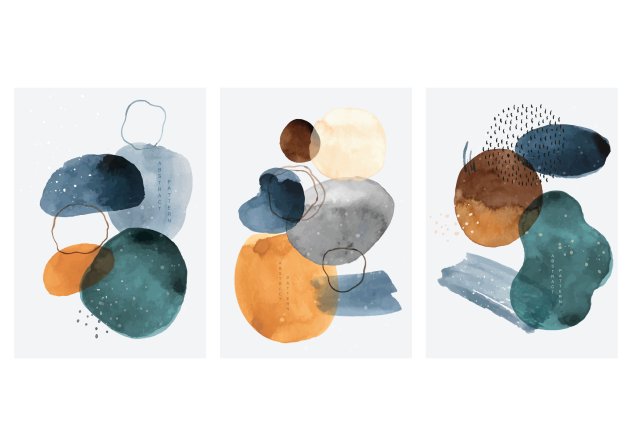What is abstract art?

Abstract art is a form of art that does not depict recognizable objects. Instead, it uses color, shape, form, and texture to create a composition that may evoke emotions or ideas in the viewer.
One of the earliest forms of abstract art was Impressionism, which focused on the impression of a scene rather than its literal representation. As the art world progressed, artists began to push the boundaries of what was considered representational art, eventually leading to the development of abstract art.
One of the most well-known and influential artists of the abstract art movement was Wassily Kandinsky. He believed that art should be an expression of the artist's inner feelings, rather than a representation of the external world. He was also one of the first artists to use abstraction in painting, creating works that were composed entirely of color and form.
Another important figure in the development of abstract art was Kazimir Malevich. He developed a style of painting called Suprematism, which emphasized simple geometric shapes and limited colors. He believed that by reducing a painting to its most basic elements, he could create a sense of spiritual purity and transcendence.
Abstract art can also be found in sculpture, such as the work of artists like Henry Moore and Barbara Hepworth. They used abstraction to create sculptures that explored the relationship between form and space.
Abstract art can also be found in architecture, such as the work of architects like Le Corbusier and Mies van der Rohe. They used abstraction to create buildings that were composed of clean lines, simple shapes, and minimal ornamentation.
Abstract art continues to be a powerful and popular form of artistic expression. It allows artists to create works that are open to interpretation, and encourages viewers to engage with the art on a deeper level. As a result, it has led to a wider range of artistic possibilities, and continues to inspire artists and art enthusiasts today.


.png?resolution=380x0&quality=85&type=webp)